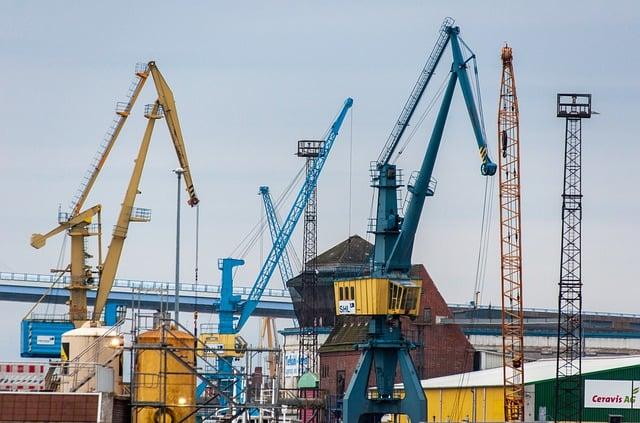“`html
Textile Industry in Pakistan: Challenges and Opportunities
The textile industry in Pakistan is one of the key sectors driving the economy, employing millions and contributing significantly to exports. However, this vibrant industry faces numerous challenges that hinder its growth potential. This article delves into the current landscape of the Pakistani textile industry, closely examining its challenges and uncovering the opportunities that lie ahead.
Current Landscape of the Textile Industry
Pakistan is the fifth-largest producer of cotton and the third-largest exporter of textiles globally. The industry encompasses various segments, including:
- Spinning: Converting raw cotton into yarn.
- Weaving: Transforming yarn into fabric.
- Knitting: Producing knitwear.
- Dyeing and Finishing: Enhancing fabric quality and appearance.
- Garments: Creating ready-made clothing for local and international markets.
Key Challenges Facing the Textile Industry
Despite its significance, the textile industry in Pakistan grapples with several challenges, including:
1. Energy Crisis
The energy crisis is a significant barrier; businesses often suffer from power outages, leading to reduced productivity. This instability results in delays and increased production costs.
2. Outdated Machinery
Many textile manufacturers operate with outdated technology, affecting efficiency and competitiveness. Investment in modern machinery is crucial for improving output quality.
3. Environmental Regulations
Stringent environmental regulations require compliance, often resulting in increased operational costs. This can be an obstacle for small and medium enterprises which lack the resources to adapt.
4. Lack of Skilled Labor
The industry faces a shortage of adequately trained personnel, impacting production and innovation. Enhanced vocational training and education programs are needed to bridge this gap.
5. Global Competition
International competitors often have more advanced technologies and better labor costs, making it challenging for Pakistani manufacturers to remain competitive in the global market.
Opportunities in the Textile Sector
Despite these challenges, there are substantial opportunities for growth and innovation in Pakistan’s textile industry, including:
1. Diversification of Products
Manufacturers have the chance to diversify their product lines into technical textiles, sustainable fabrics, and organic materials, appealing to various market segments.
2. Enhanced Exports
By targeting emerging markets and enhancing relationships with existing ones, the export potential for Pakistani textiles can significantly increase. Targeting countries with high demand for textiles opens new avenues for revenue.
3. Consumption of Sustainable Practices
With a rising global focus on sustainability, the industry can capitalize on this trend by adopting eco-friendly production processes and materials.
4. Government Support and Incentives
The Pakistani government has initiated various programs to support the textile sector through subsidies, tax incentives, and funding for modernization efforts.
5. E-commerce and Digital Platforms
The growth of e-commerce has opened new channels for textile companies. By utilizing online platforms, local manufacturers can reach global buyers and increase their market presence.
Case Studies: Success Stories in the Textile Industry
Several companies have found innovative ways to tackle challenges and seize opportunities in the textile industry:
| Company | Challenge Addressed | Strategy Used | Outcome |
|---|---|---|---|
| Khaadi | Global Competition | Differentiation through unique designs | Increased brand recognition and loyalty. |
| Sapphire | Outdated Machinery | Investing in modern technology | Improved efficiency and product quality. |
| Alkaram | Energy Crisis | Implementing energy-efficient solutions | Reduced operational costs significantly. |
Practical Tips for Success in the Textile Industry
- Invest in Technology: Upgrade machinery to enhance production efficiency and product quality.
- Focus on Training: Implement continuous training programs to upskill employees.
- Embrace Sustainability: Adopt eco-friendly practices to attract environmentally conscious consumers.
- Explore New Markets: Research and enter emerging markets for increased export opportunities.
- Utilize Digital Platforms: Leverage e-commerce to expand your market reach.
Conclusion
The textile industry in Pakistan presents a compelling mix of challenges and opportunities. While significant obstacles exist, there are equally promising paths for growth and innovation. By focusing on technological advancement, sustainable practices, and diversification, the industry can not only overcome its challenges but can also thrive in the competitive global market. With sufficient investment, skilled labor, and government support, Pakistan’s textile sector can become a beacon of success in the years to come.
“`



